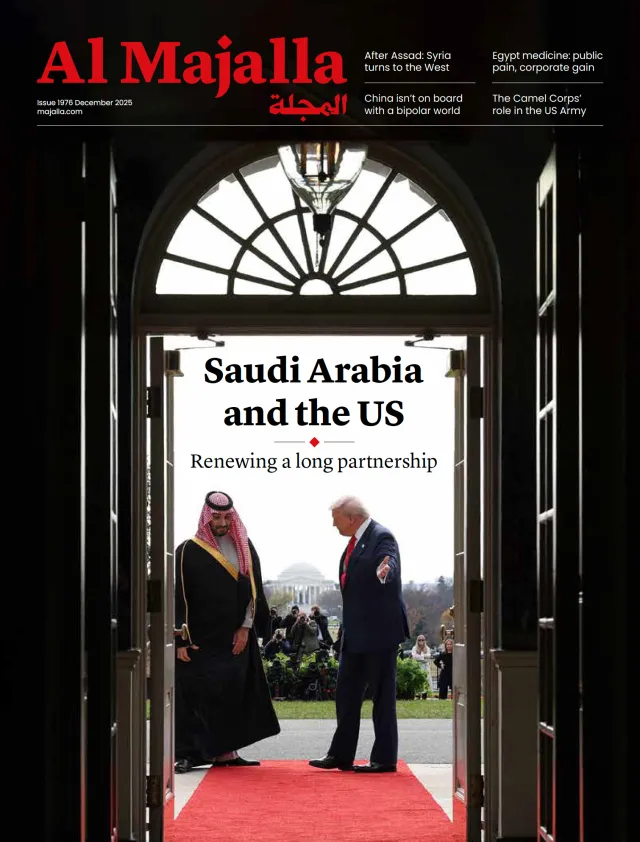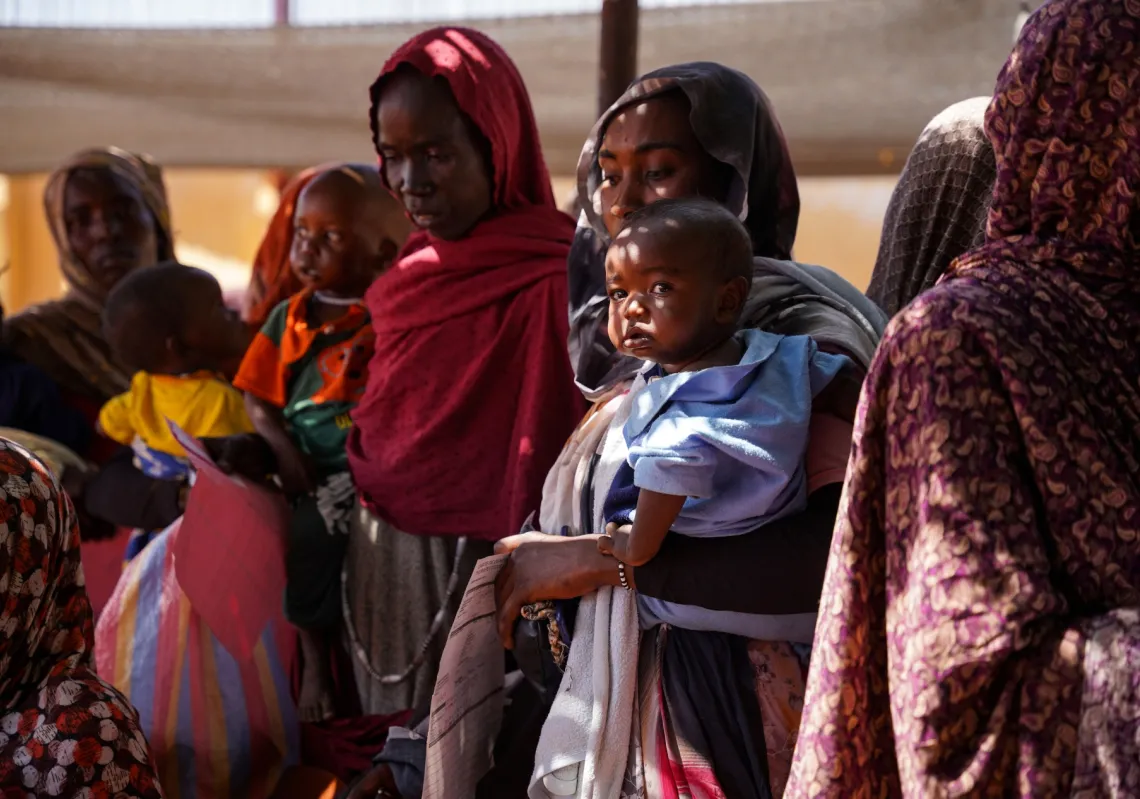Earlier this year, US Secretary of State Marco Rubio announced what many State Department employees had feared since Donald Trump took office in January: there would be an extensive reorganisation, with several programmes focused on human rights, gender equality, and democracy likely to be cut.
At the same time, State employees dodged a larger bullet, Rubio having eschewed calls for more swingeing culls, including those of entire embassies, special envoy teams, and regional bureaux, with 25 US diplomatic facilities having been threatened under earlier consolidation plans that sought to enhance the US focus on the Asia-Pacific region.
Yet even with America’s diplomatic footprint salvaged, the revised reorganisation plan still has consequences. It eliminates teams, offices, and programmes related to US ‘soft power’ matters, US humanitarian aid provision, and even key security themes like conflict and stabilisation, criminal justice, and the war on drugs.
List of casualties
Starting in fiscal year 2026, the US Department of State will eliminate a total of four offices and bureaux, an undersecretary position, merge six offices and bureaux, and add one bureau within its programming structure.
For the chop are the Office Bureau of Conflict and Stabilisation Operations (CSO), the Director of the Foreign Service (FSI Director), the Office of Global Women’s Issues (GWI), and the Office of Global Criminal Justice (GCJ), but there will be a new bureau tackling Emerging Threats (ET) under the Under Secretary for Arms Control and International Security.
The Democracy, Human Rights, and Labour (DRL) bureau will be renamed, replacing Labour with Religious Freedom, while the Bureau of Counterterrorism and Countering Violent Extremism will just be the Bureau of Counterterrorism. Meanwhile, alongside all the cuts and rebranding, there were several mergers.













